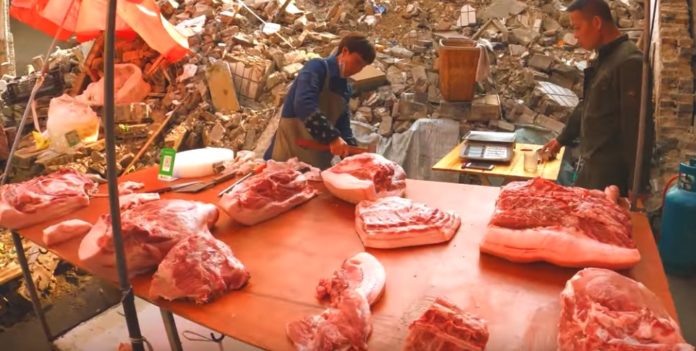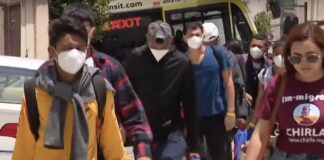OPINION | This article contains opinion. This site is licensed to publish this content.
According to a report from Fox News, China, which is rumored to have a long list of strange and unusual items available for purchase on the wet market, is not the most sanitary operation.
Peter Daszak, president of EcoHealth Alliance, which works to protect wildlife and public health from emerging diseases, said, “You’ve got live animals, so there’s feces everywhere. There’s blood because of people chopping them up.”
“Wet markets,” as defined by the Oxford English Dictionary, are places “for the sale of fresh meat, fish, and produce.” They also sell an array of exotic animals.
Animals like giant salamanders, baby crocodiles and raccoon dogs were available for farming in The Huanan Seafood Wholesale Market in Wuhan before its forced closure.
“Live fish in open tubs splash water all over the floor. The countertops of the stalls are red with blood as fish are gutted and filleted right in front of the customers’ eyes. Live turtles and crustaceans climb over each other in boxes,” he described. “Melting ice adds to the slush on the floor. There’s lots of water, blood, fish scales and chicken guts. Things are wet.”
Reportedly, animals sold in “wet markets” are killed onsite to ensure freshness, but the mess leads to the possibility of a new virus to pop up, some experts say.
“I visited the Tai Po wet market in Hong Kong, and it’s quite obvious why the term ‘wet’ is used,” an NPR reporter wrote about them earlier this year.
More from Fox News:
While rumors have swirled that the coronavirus pandemic originated in bats and then infected another animal that passed it onto people at a market in the southeastern Chinese city of Wuhan, scientists have not yet determined exactly how the new coronavirus infected people.
But these kinds of wet markets, which have long included bizarre and unusual items, are known to operate in not the most sanitary conditions.
And like many other “wet markets” in Asia and elsewhere, the animals at the Wuhan market lived in close proximity as they were tied up or stacked in cages.






